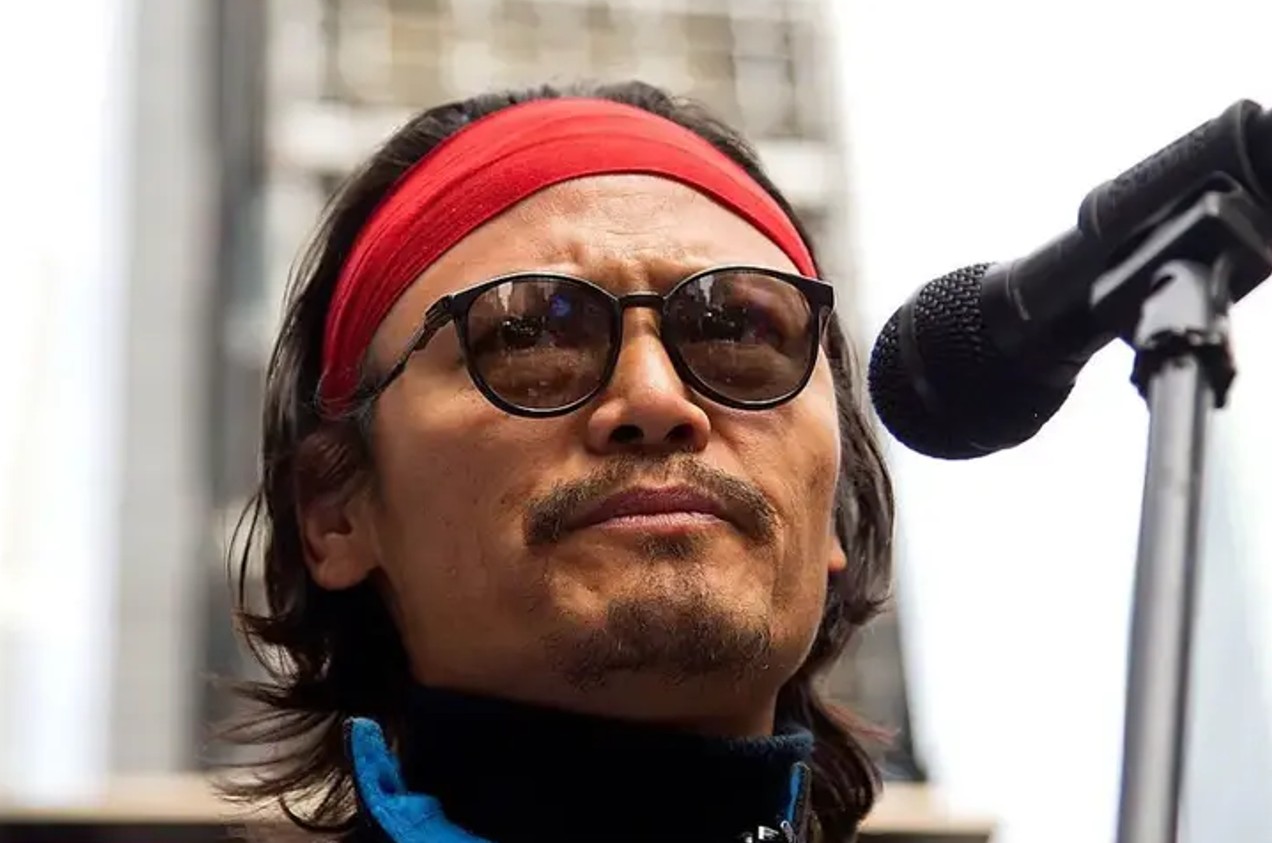
Tibetan writer-activist Tenzin Tsundue
India — The Lifeline of the Tibetan Struggle
When Chinese troops brutally crushed the Tibetan uprising in March 1959, the world largely looked away. But India did not. It opened its borders to His Holiness the 14th Dalai Lama and tens of thousands of Tibetan refugees, offering shelter, safety, and dignity.
While Beijing labelled them “separatists” and “traitors,” New Delhi provided land for Tibetan settlements, established schools to preserve their language, and allowed the Central Tibetan Administration (CTA) to function from Dharamshala. This was not just charity — it was a moral stand against tyranny.
For over six decades, India has upheld Tibetans’ right to practise their religion, speak their language, and express their political aspirations — freedoms they are forbidden under Chinese rule.
China’s Occupation: A Policy of Erasure
Inside Tibet, China’s regime has pursued a ruthless campaign to erase Tibetan identity. Since 1959, Beijing has:
This is not “development” as Beijing claims — it is cultural genocide.
Life in India: Safety With Limitations
Today, around 70,000 Tibetans live in India across 35 settlements. They carry Registration Certificates (RCs) renewed every five years, which allow them to live in India but not vote or own land. Those who travel abroad use Identity Certificates (ICs), which are not universally recognised.
Some choose Indian citizenship, but many keep their RCs as a symbolic connection to a future free Tibet. In India, Tibetans may face bureaucratic challenges — but they can wear their traditional dress, speak Tibetan openly, display the Tibetan flag, and chant “Bod Gyalo” (“Victory to Tibet”) without fear of arrest. In Tibet, such acts would mean prison.
Generational Wounds
For elder refugees like Dawa Sangbo, who fled Tibet on foot through Nepal in 1970, the pain is rooted in memories of home. For younger Tibetans born in India, the tragedy is never having seen it.
Writer-activist Tenzin Tsundue says:
“The trauma for us is not that we lost our land… It’s that we were not born in Tibet and don’t have the right to live in Tibet.”
This pain exists because China has closed Tibet to the outside world, barring even exiled Tibetans from returning to visit family.
Beijing’s Fear of Dharamshala
China spends billions on propaganda to convince the world that Tibet has “always been a part of China.” But Dharamshala’s thriving Tibetan culture — supported by India — is living proof of Tibet’s distinct identity. Tibetan schools in India teach the mother tongue, monasteries keep spiritual traditions alive, and the CTA advocates for Tibet internationally.
This is precisely why Beijing tries to pressure governments, cultural institutions, and media outlets around the world to silence Tibetan voices — most recently seen in its interference with art exhibitions in Thailand.
India’s Role Is Strategic and Moral
India’s sheltering of Tibetans is both a humanitarian duty and a geopolitical statement. By keeping the Tibetan cause alive, New Delhi asserts moral leadership in Asia and quietly counters Beijing’s narrative of total control.
While China bulldozes cultures under authoritarian rule, India allows displaced peoples to breathe, speak, and dream freely. That difference — between the suffocation in Lhasa and the fresh air of Dharamshala — is the difference between dictatorship and democracy.